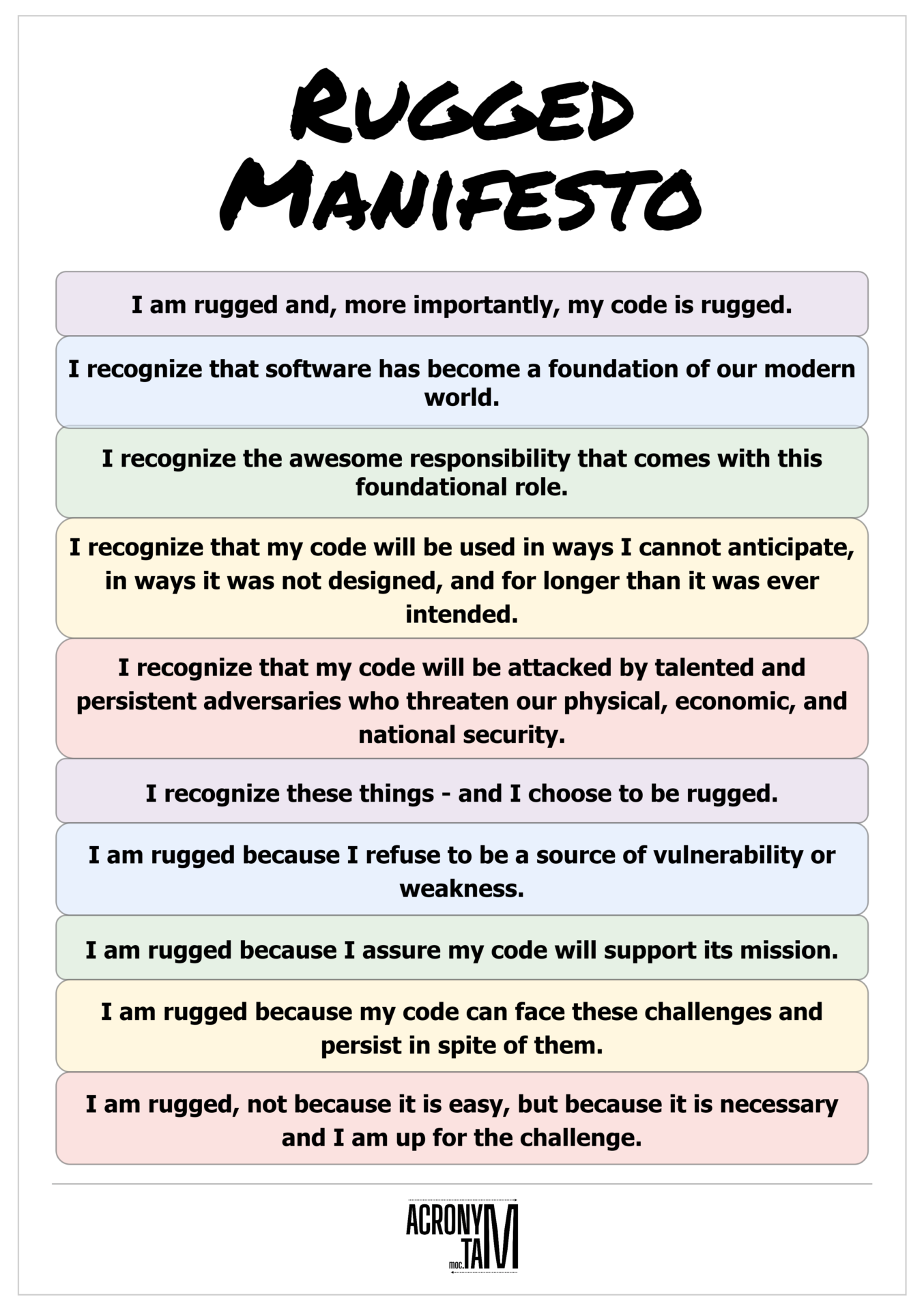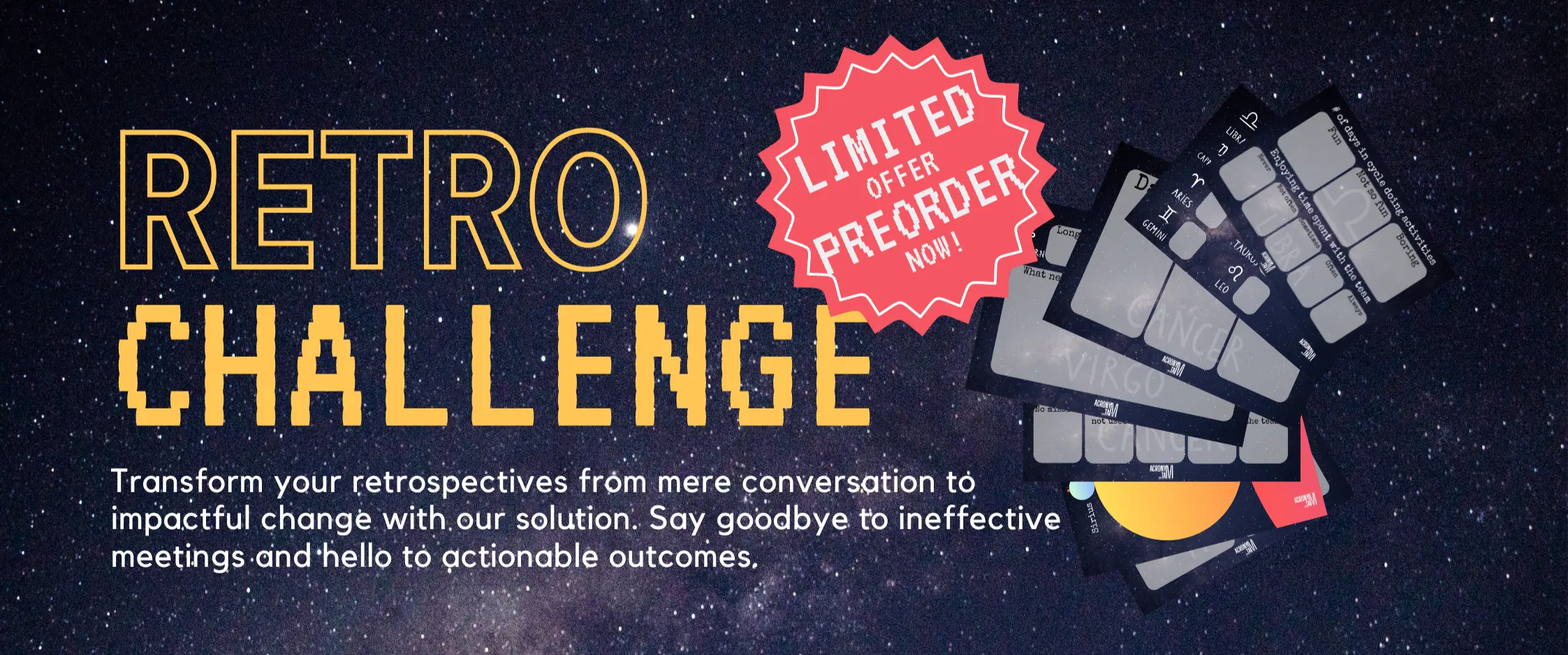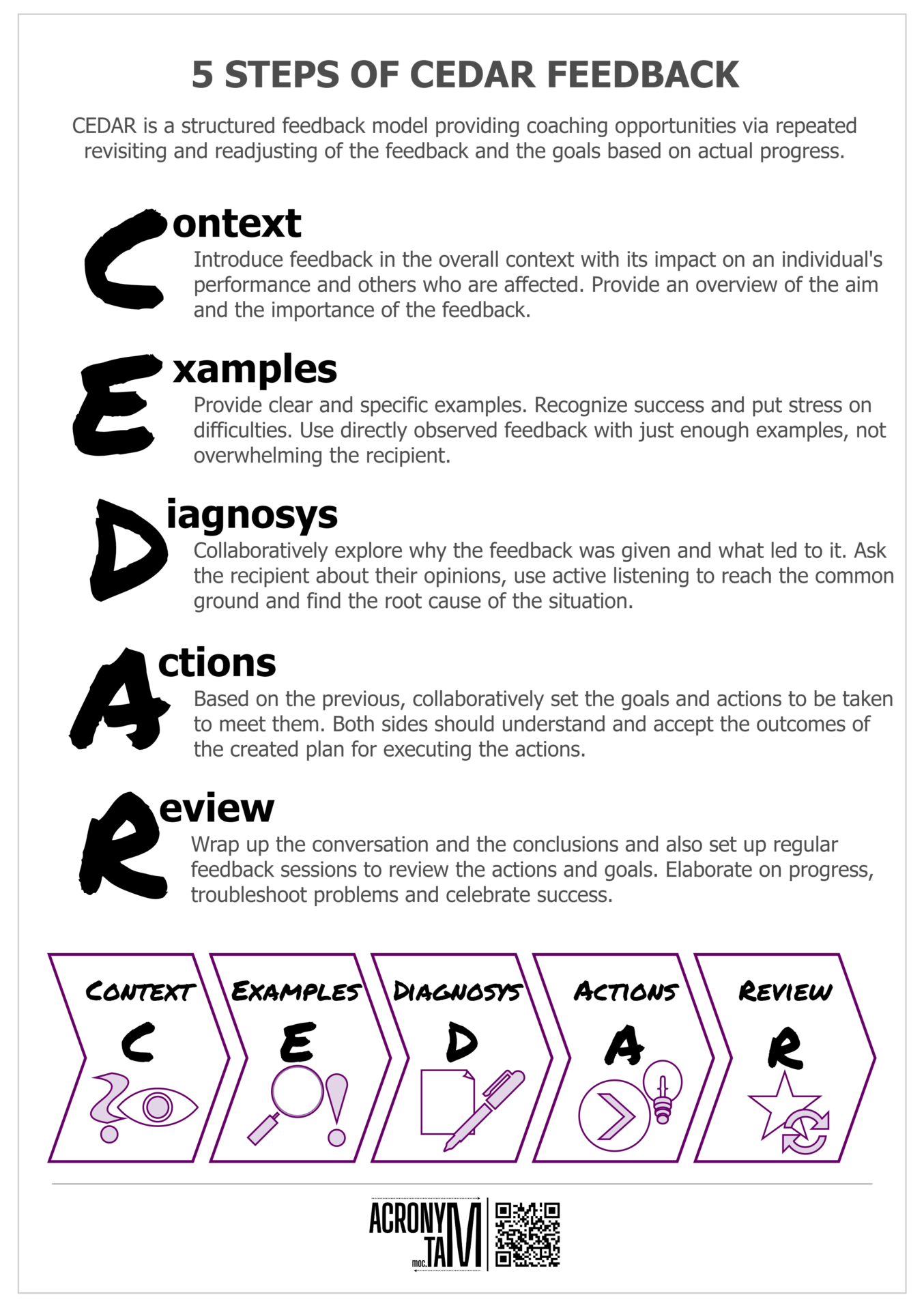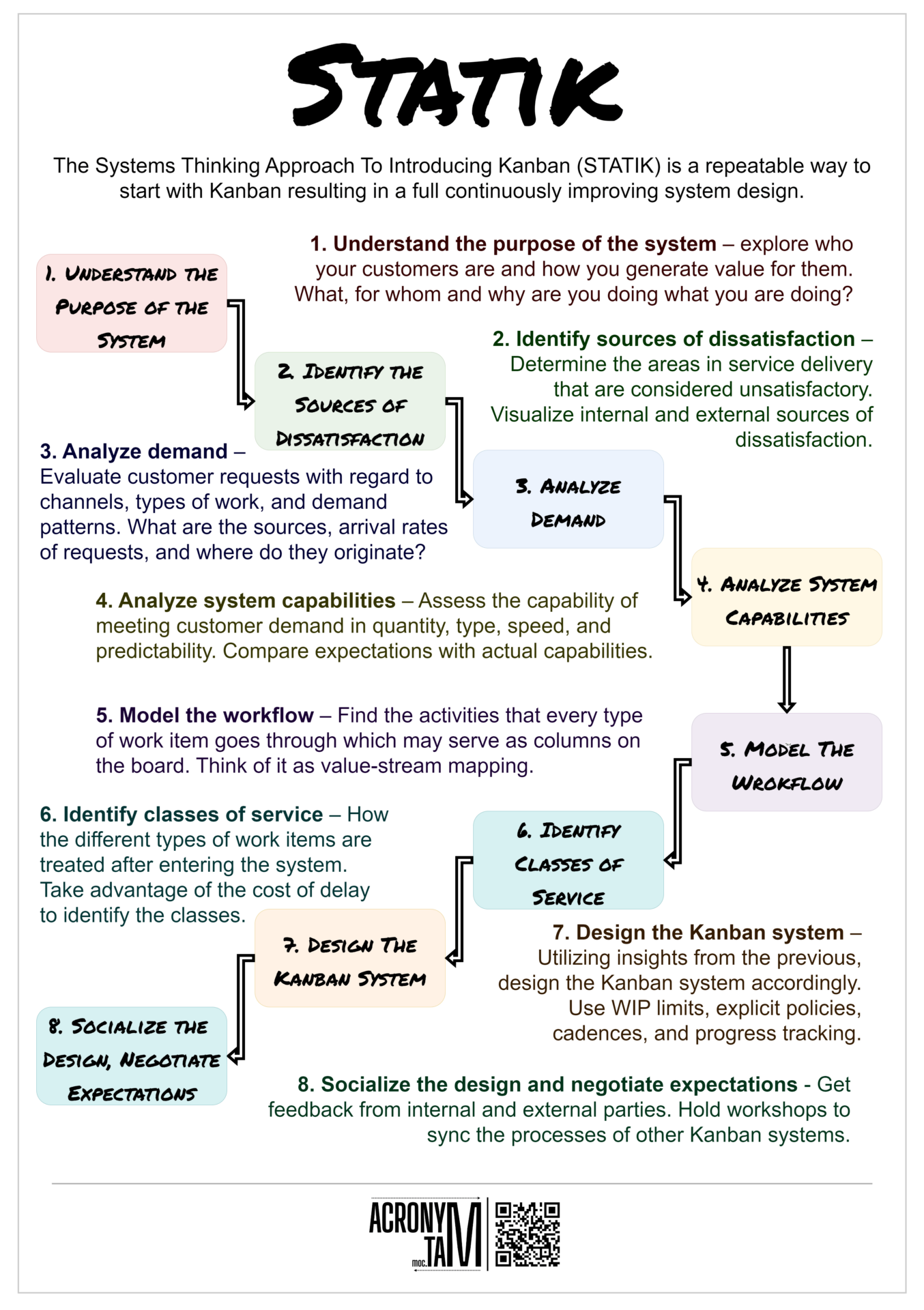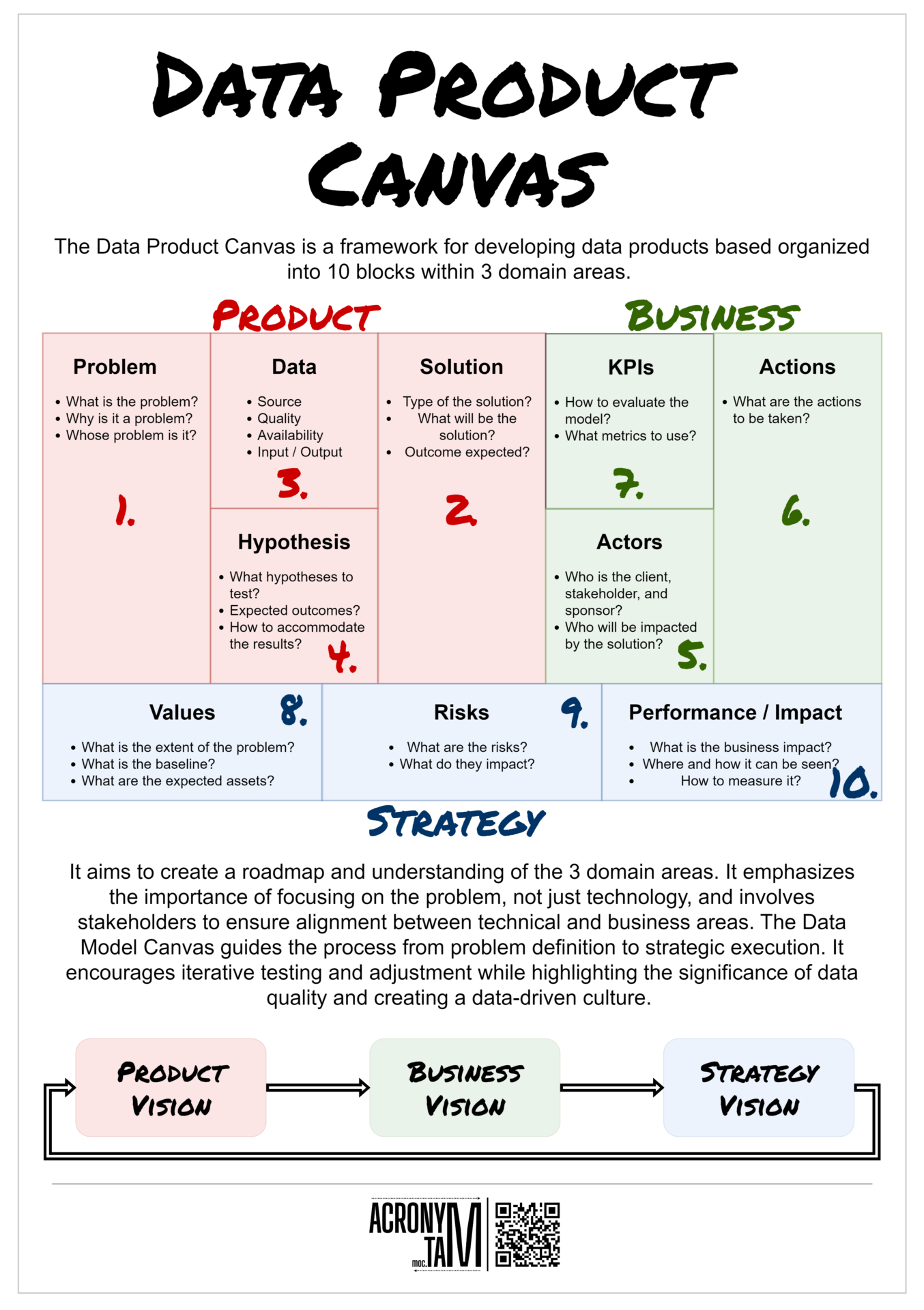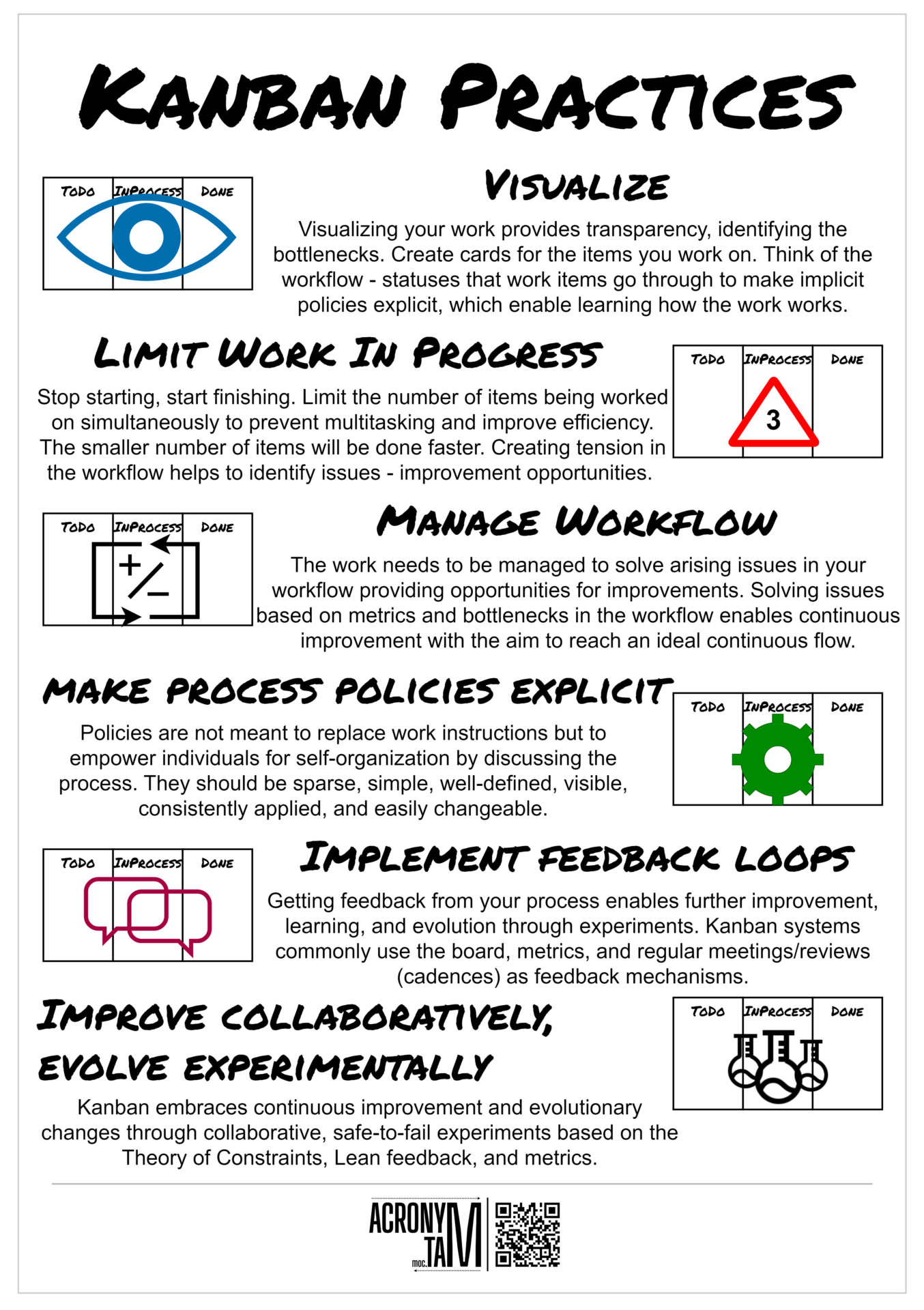Article
Rugged Manifesto
- I am rugged and, more importantly, my code is rugged.
- I recognize that software has become a foundation of our modern world.
- I recognize the awesome responsibility that comes with this foundational role.
- I recognize that my code will be used in ways I cannot anticipate, in ways it was not designed, and for longer than it was ever intended.
- I recognize that my code will be attacked by talented and persistent adversaries who threaten our physical, economic, and national security.
- I recognize these things – and I choose to be rugged.
- I am rugged because I refuse to be a source of vulnerability or weakness.
- I am rugged because I assure my code will support its mission.
- I am rugged because my code can face these challenges and persist in spite of them.
- I am rugged, not because it is easy, but because it is necessary and I am up for the challenge.

